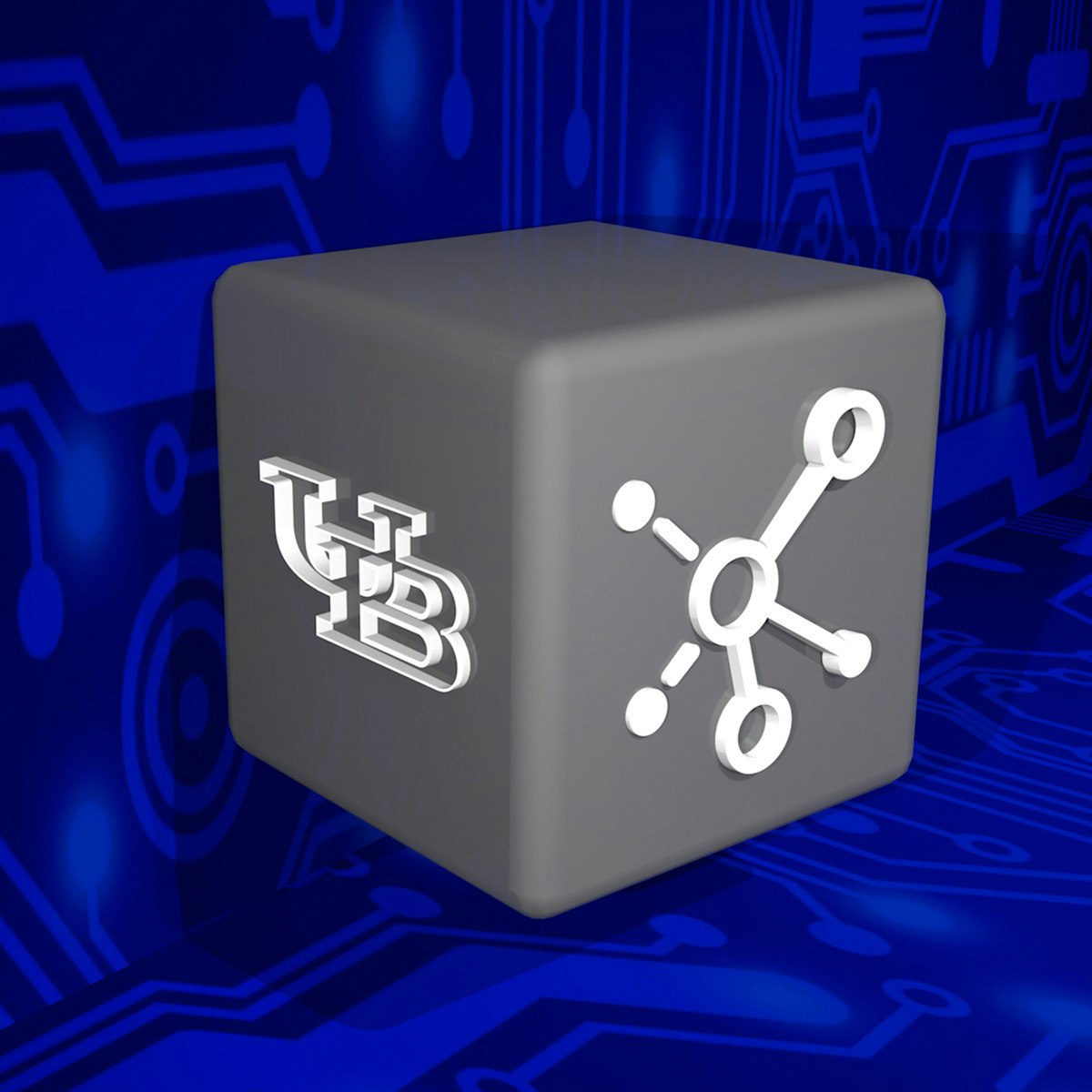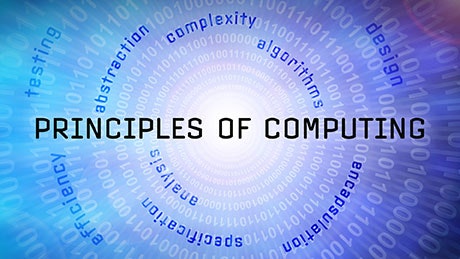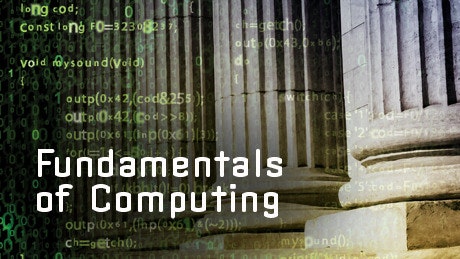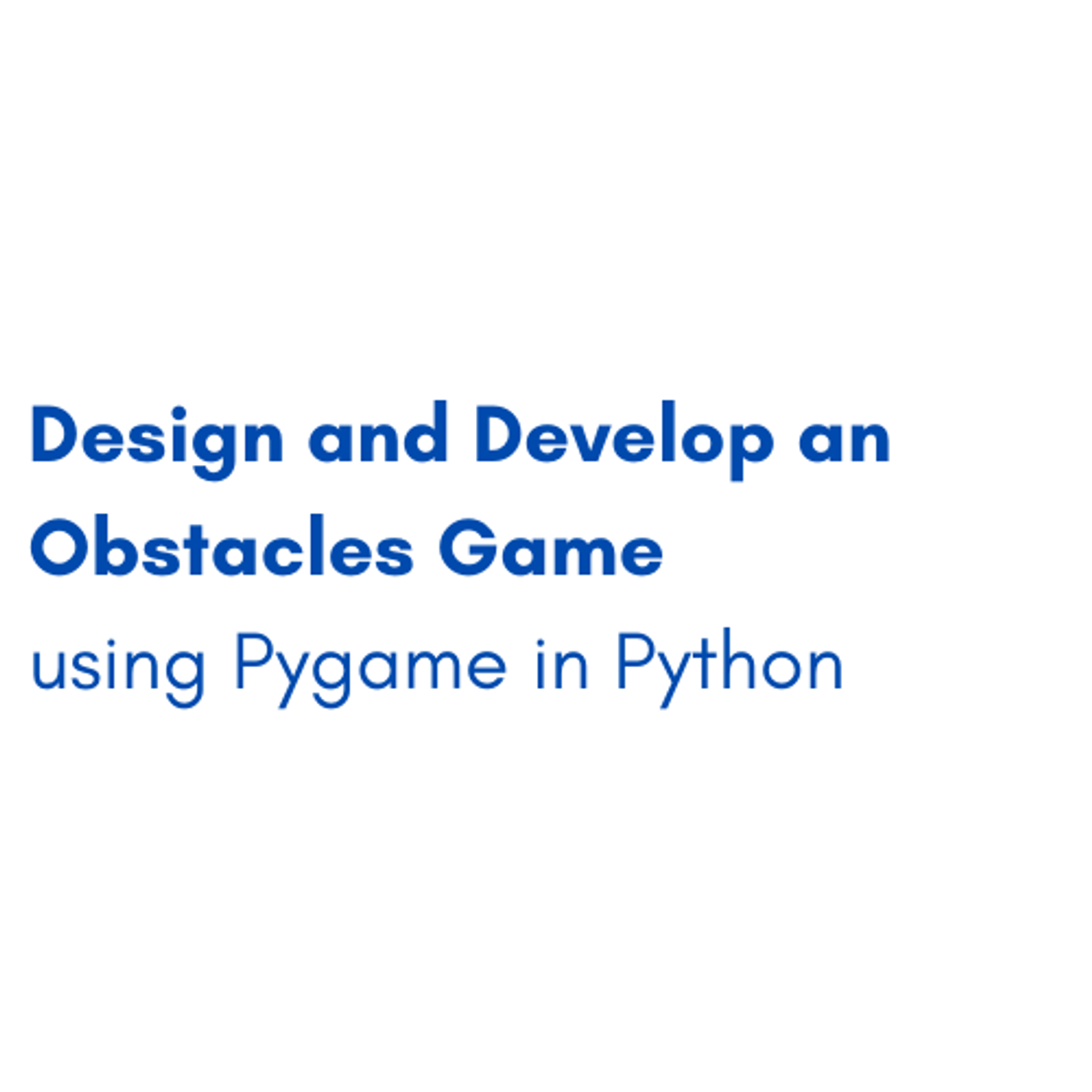Back to Courses









Computer Science Courses - Page 139
Showing results 1381-1390 of 2309

Google Cloud Storage - Bucket Lock
This is a self-paced lab that takes place in the Google Cloud console.
In this lab, you learn how to use Google Cloud Storage Bucket Lock to manage object retention.

Decentralized Applications (Dapps)
This third course of the Blockchain specialization prepares you to design and develop end-to-end decentralized applications (Dapps) – which provide anyone with access to the blockchain’s features and services. You will use Truffle IDE, smart contracts, a simple web client and a MetaMask client. You will learn about the architecture of a Dapp: the front-end client interface, backed by the blockchain and smart contracts. The course covers the basic design of a Dapp, Truffle development process and commands (init, develop, test and migrate), test-driven development of Dapp, Dapp application models and emerging standards that are essential for predictable Dapp behavior.
Main concepts are delivered through videos, demos and hands-on exercises.

Accessing your AWS EC2 servers
Welcome to "Accessing your AWS EC2 servers".
In this guided project you will learn various methods to access your AWS EC2 servers. The task-based approach that we follow in our guided project will get you a better understanding of accessing your EC2 servers using pem file, EC2 Instance Connect, SSM etc. This comes very handy while working on your real-life project on AWS Cloud.
Good luck as you get started, and I hope you enjoy the course!
Happy learning !!!!!

Principles of Computing (Part 2)
This two-part course introduces the basic mathematical and programming principles that underlie much of Computer Science. Understanding these principles is crucial to the process of creating efficient and well-structured solutions for computational problems. To get hands-on experience working with these concepts, we will use the Python programming language. The main focus of the class will be weekly mini-projects that build upon the mathematical and programming principles that are taught in the class. To keep the class fun and engaging, many of the projects will involve working with strategy-based games.
In part 2 of this course, the programming portion of the class will focus on concepts such as recursion, assertions, and invariants. The mathematical portion of the class will focus on searching, sorting, and recursive data structures. Upon completing this course, you will have a solid foundation in the principles of computation and programming. This will prepare you for the next course in the specialization, which will begin to introduce a structured approach to developing and analyzing algorithms. Developing such algorithmic thinking skills will be critical to writing large scale software and solving real world computational problems.

Agile with Atlassian Jira
This course discusses common foundational principles and practices used by agile methodologies, providing you with a flexible set of tools to use in your role (e.g. product owner, scrum master, project manager, team member) on an agile team. Learn agile and lean principles, including kanban and scrum, and use Jira Software Cloud as the tool to apply hands-on exercises in these topics. The course includes instruction on company-managed and team-managed Jira projects.
After completing this course, you will have a strong foundational understanding of agile principles and practices and hands-on experience with Jira Software Cloud. Site administrators will be able to perform basic administration tasks. You will be able to continuously configure your Jira projects to match your team's custom agile methodology.
Once completing this course, you will be prepared to earn your first Atlassian credential: https://go.atlassian.com/coursera-apb-330
*You can use a free Jira Software Cloud site to complete the hands-on labs associated with this course. This will require a Windows, Mac, or Linux computer.

Build your personal brand using Canva
In this guided project we will learn about how we can create your personal brand using the free version of Canva. Canva is a graphic design web platform where we can create any type of material we need, from social media posts, brand kits, summaries, among many other things. Canva offers a number of tools for creating content from elements, text sources, video, and audio.
Canvas is a great option for those looking for an easy-to-use platform to create presentations for corporate, school and college classes. Canva has many elements that are free and gives you a lot of freedom when it comes to designing. It is an extremely useful tool for those just starting out and it even becomes a very good tool for those who have been designing more advanced programs for years. It is a quick option that does not need to be installed on your computer and as long as you have an Internet connection, it will be an accessible tool. Additionally, it offers a number of templates that facilitate the creative process and a presentation platform where you can use any medium, from images to videos.

Configuring your IDE for absolute beginners with AWS Cloud9
So by the end of this course, you will learn to set up an online IDE. For this, you will use the AWS cloud9 environment. You will learn to configure the AWS cloud 9 environment, you will explore the IDE, you will write some python programs, you will learn to create files and folders manually and through the command line . You will also learn to power off the instance and learn to delete the environment as well.
Before starting this project, you must have an AWS account.
The Fundamentals of Computing Capstone Exam
While most specializations on Coursera conclude with a project-based course, students in the "Fundamentals of Computing" specialization have completed more than 20+ projects during the first six courses of the specialization. Given that much of the material in these courses is reused from session to session, our goal in this capstone class is to provide a conclusion to the specialization that allows each student an opportunity to demonstrate their individual mastery of the material in the specialization.
With this objective in mind, the focus in this Capstone class will be an exam whose questions are updated periodically. This approach is designed to help insure that each student is solving the exam problems on his/her own without outside help. For students that have done their own work, we do not anticipate that the exam will be particularly hard. However, those students who have relied too heavily on outside help in previous classes may have a difficult time. We believe that this approach will increase the value of the Certificate for this specialization.

Blockchain: Foundations and Use Cases
This course is the definitive introduction to blockchain for both the developer and non-developer audience. Beyond the technology, this course will introduce you to some of the philosophy behind decentralization and why there is so much excitement around it. Join ConsenSys Academy and course instructor Nick Nelson in this rich-media introduction to the foundations of blockchain.
During the first three modules, you'll be introduced to blockchain and the technology behind it. In module four, we'll go beyond bitcoin and delve deeper into a next-generation blockchain called Ethereum to introduce you to what modern blockchains can do. The use cases featured in the final module are drawn from among the businesses in ConsenSys portfolio. We believe we're uniquely positioned to present you with a valuable behind-the-scenes look at the people and companies working in this space to help give you a better understanding of the business side of blockchain.
Together, we'll examine businesses use cases, hear from industry leaders, and give you the opportunity to develop and analyze a use case yourself. With this course, not only will you be the one who is able to explain blockchain to your colleagues, you'll be well on your way to making educated business decisions with your new, foundational understanding of the technology.

Design and Develop an Obstacles Game using Pygame in Python
By the end of this project, you will be able to create a fully functioning Obstacles Game using Pygame in Python. You will be able to import modules, to design a game using pygame such as how to change font, its size, its color and the size of the display window. You will also be able to import a picture, move it in x and y direction and draw obstacles and move them. Moreover, you will be able to display text in your window and change its font, color and position. Learning pygame will help you to learn about game development, computer graphics and sound libraries designed to be used with the Python programming language , which you will acquire the important steps to be a game developer.
This guided project is for intermediate learners in the field of game development and computer graphics. It provides you with the important steps to be a game developer. Moreover, it equips you with the knowledge in pygame and python.
Note: This course works best for learners who are based in the North America region. We’re currently working on providing the same experience in other regions.
